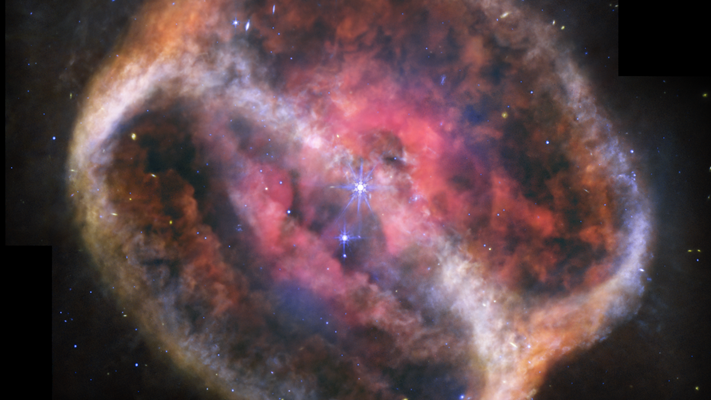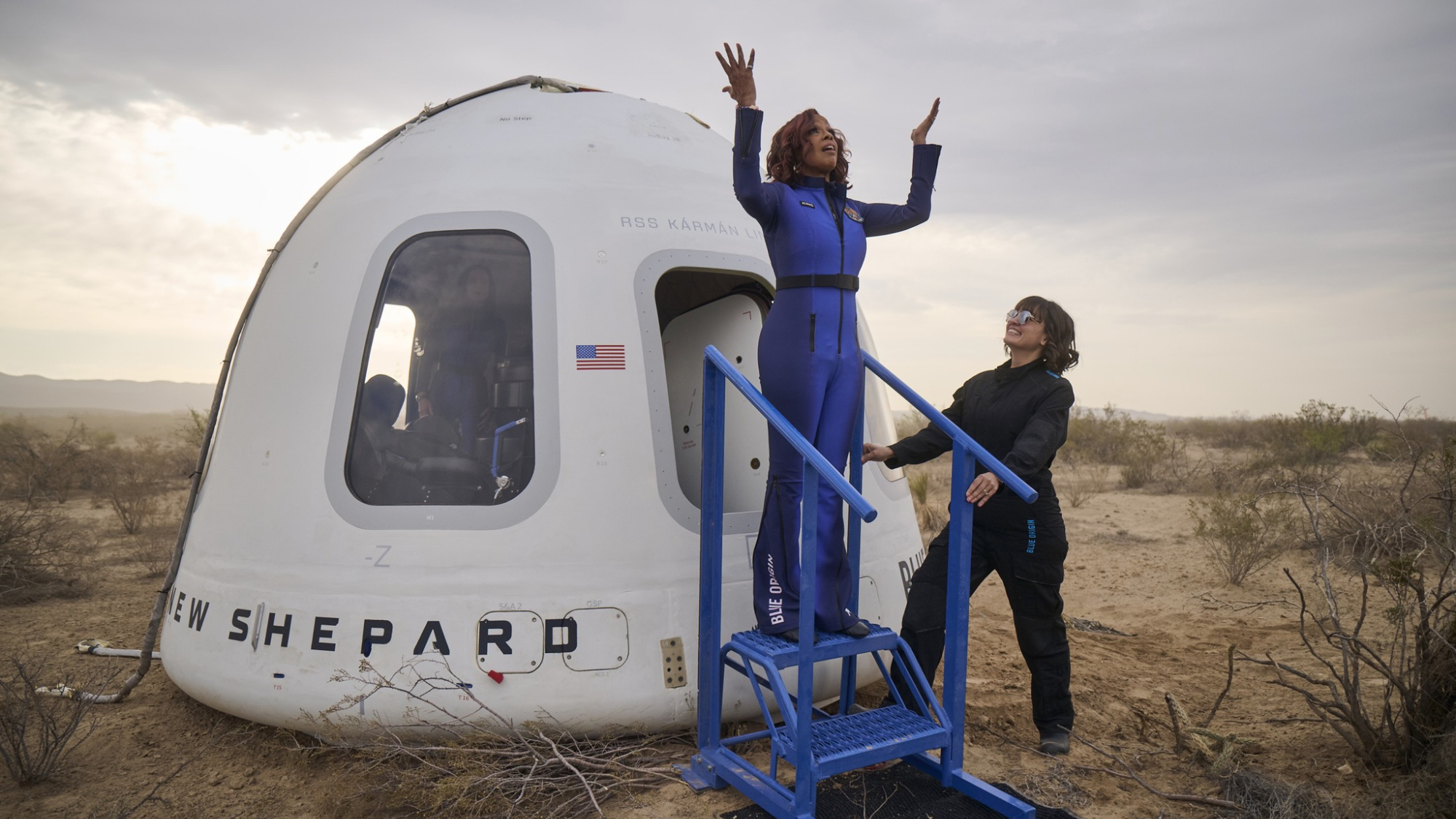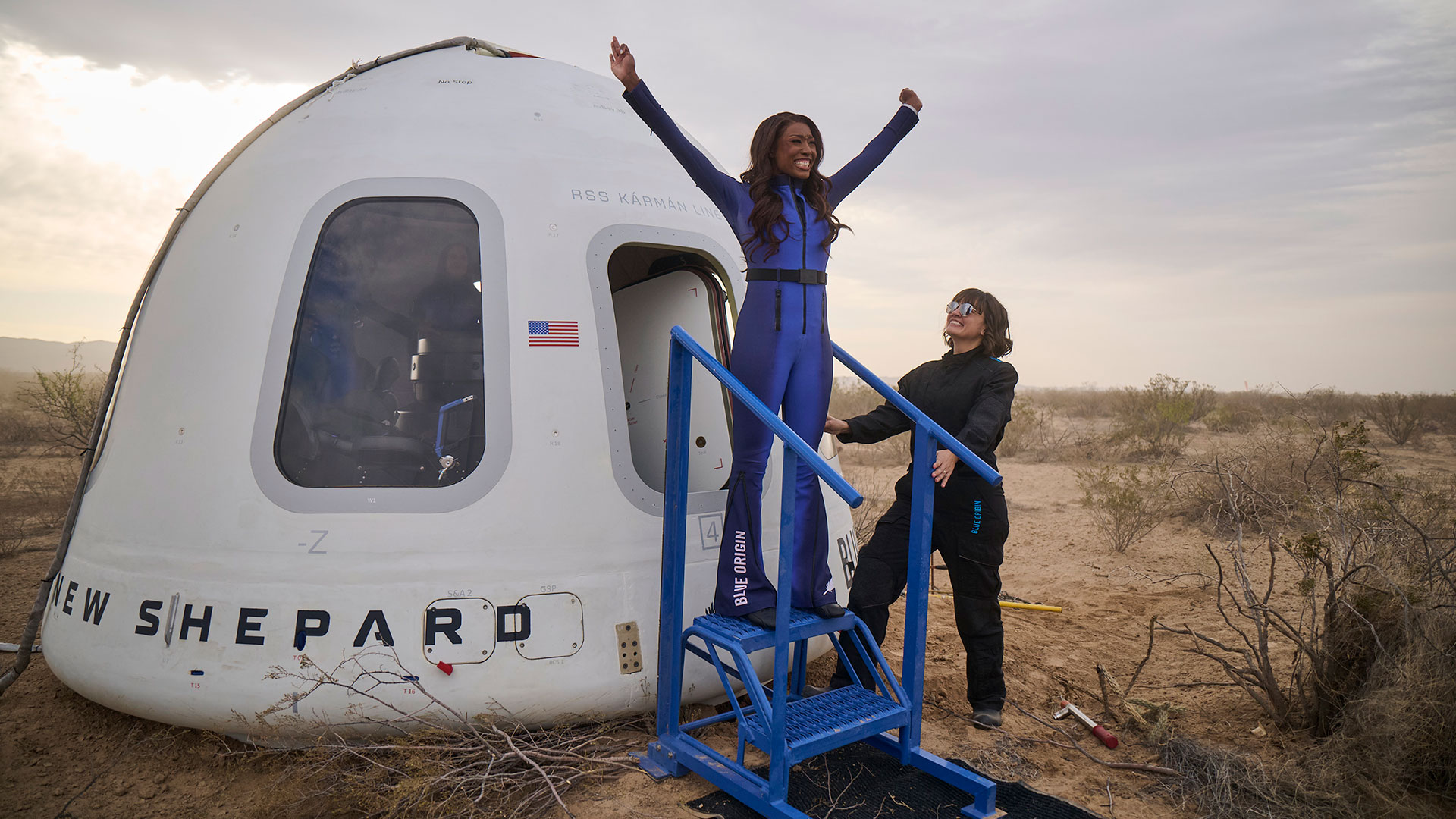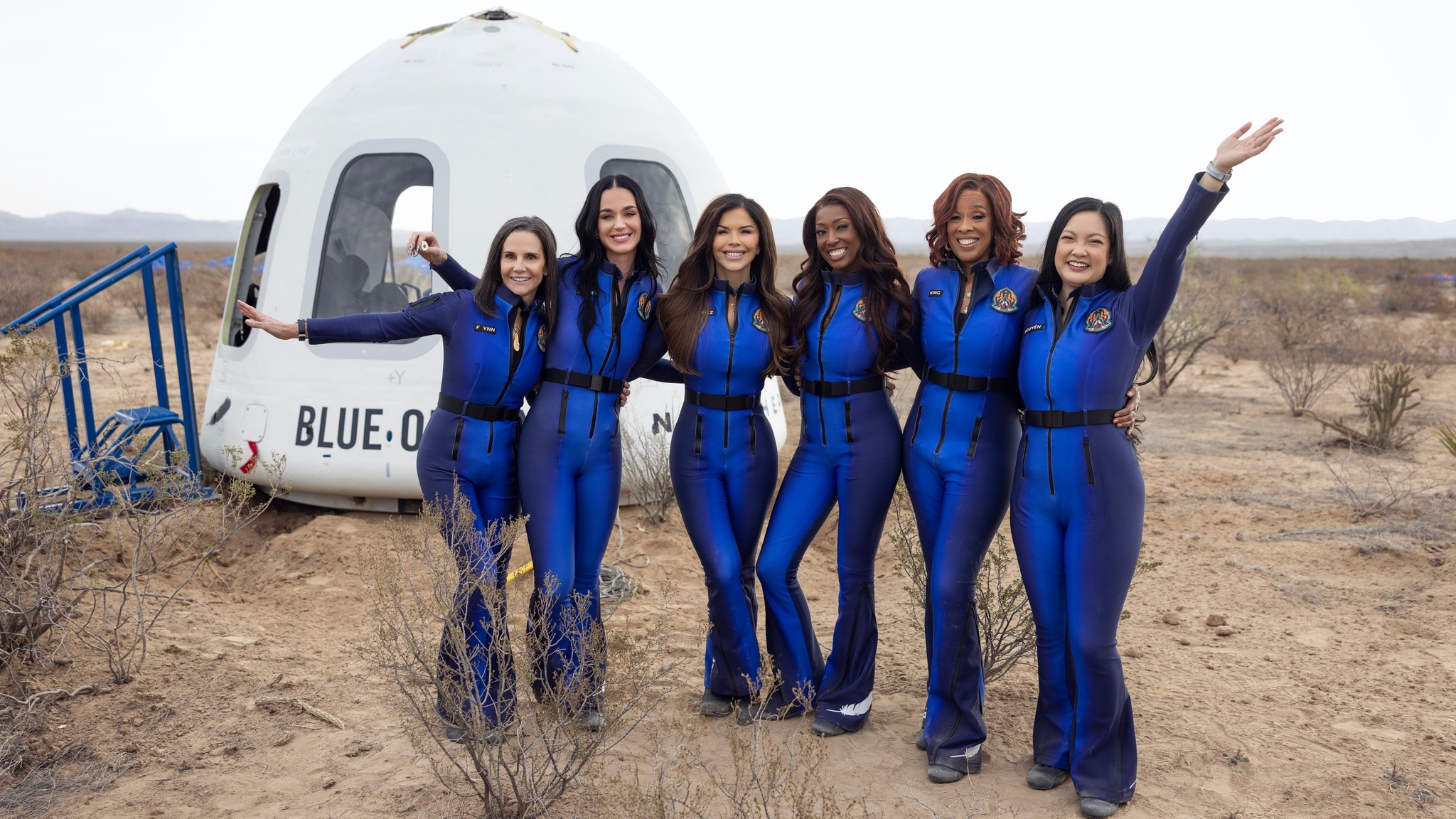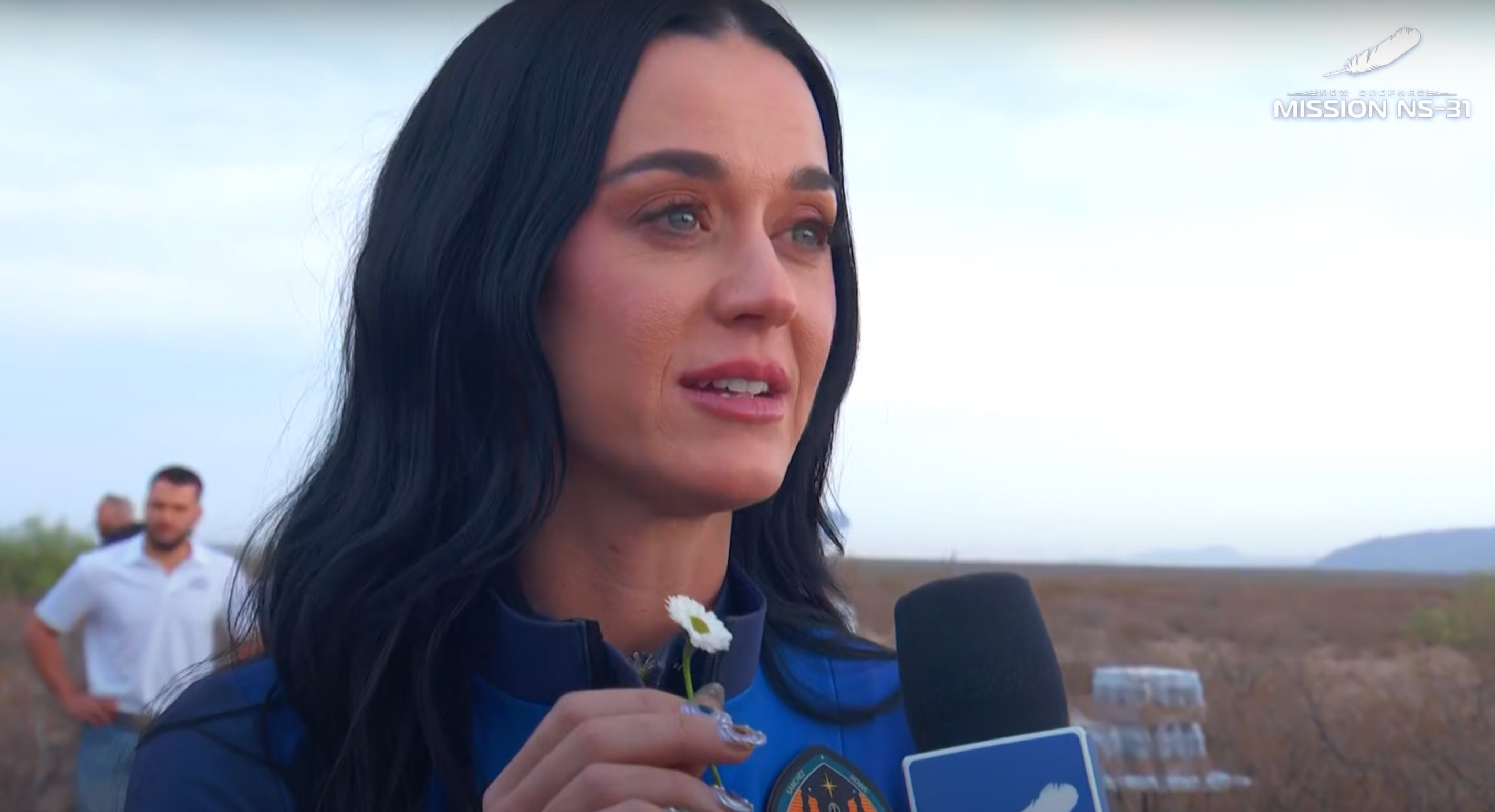Chinese astronauts install tools on first spacewalk outside new space station
It's China's second spacewalk ever.
For the first time, two astronauts have worked outside of China's space station, completing only the second spacewalk in the history of the country's space program.
Liu Boming and Tang Hongbo began the six-hour and 46-minute extravehicular activity (EVA) on Saturday (July 3) at 8:11 p.m. EDT (0011 GMT or 8:11 a.m. Beijing Time on July 4). Liu was first to exit the space station's Tianhe ("Harmony of the Heavens") core module, followed by Tang about three hours later.
Wearing upgraded Chinese Feitian spacesuits, the two Shenzhou 12 crewmates outfitted the space station with tools needed to support future activities.
Video: Watch China's 1st space station crew enter Tianhe module

Liu, initially working alone, attached a foot restraint and platform to the end of the station's 33-foot-long (10-meter) robotic arm and then mounted the arm himself. Shenzhou 12 commander Nie Haisheng then tested the arm's controls, moving Liu from inside the Tianhe module.
Tang, tethered to the handrails running along the exterior of the space station, later joined Liu in extending a panoramic camera. They then continued working together to install other EVA equipment with the help of the robotic arm.
"After about 7 hours of exterior activities, the Shenzhou 12 crewmates working closely together successfully completed all the scheduled tasks during the spacewalk," China's Manned Space Agency announced at the end of the EVA.
Get the Space.com Newsletter
Breaking space news, the latest updates on rocket launches, skywatching events and more!
In pictures: The most memorable spacewalks in history
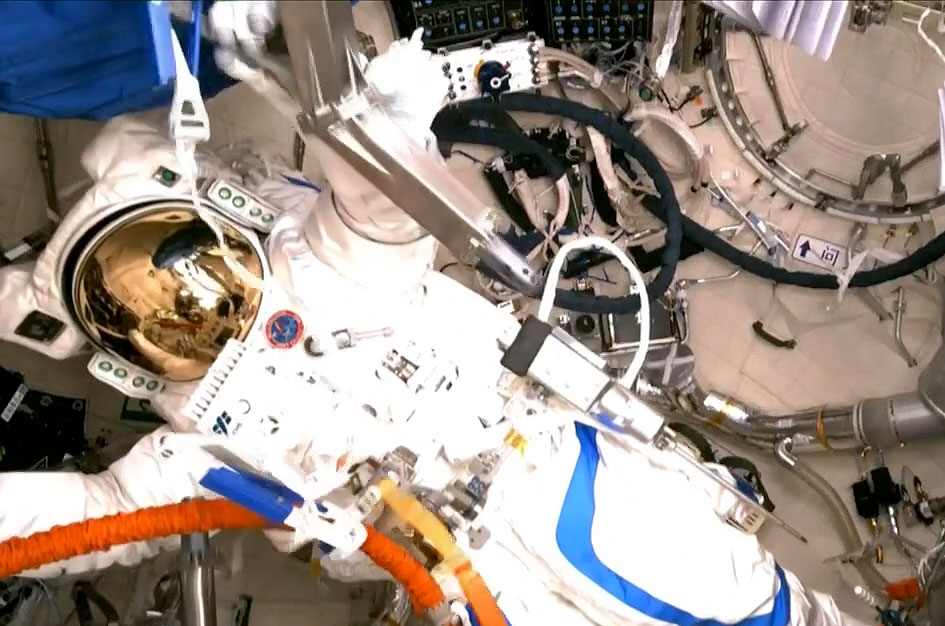
Liu and Tang completed the spacewalk at 2:57 a.m. EDT (0657 GMT or 2:57 p.m. Beijing time) on Sunday.
A second spacewalk is planned for later in the Shenzhou 12 mission, which launched with Nie, Liu and Tang on June 16 and is scheduled to last three months. In addition to testing procedures, the EVAs are preparing the station to be expanded with the addition of two laboratory modules to be launched in 2022.
China's first-ever spacewalk was performed by Zhai Zhigang, commander of the Shenzhou 7 mission, in 2008. Liu was part of that mission's crew as well, and during the 22-minute outing, performed a stand-up EVA, popping his head out of the hatch while wearing a Russian Orlan spacesuit.
Related: The latest news about China's space program

The Chinese Feitian ("flying to space") suits are similar in design to the Orlan, with the portable life support system also serving as a rear-entry hatch into the spacesuit. The Feitian's helmets are equipped with cameras, broadcasting a first-person view similar to NASA's extravehicular activity unit (EMU) spacesuit.
When not out on a spacewalk, the Shenzhou 12 crewmates have been configuring and testing the Tianhe core module's systems, conducting science experiments and participating in video downlinks, including talking live with Chinese President Xi Jinping.
When completed, the T-shaped Tiangong ("Heavenly Palace") space station will be China's first multi-module space station. In addition to hosting Chinese crews and research, China plans to invite international partners to visit and work aboard the orbiting outpost.
Follow collectSPACE.com on Facebook and on Twitter at @collectSPACE. Copyright 2021 collectSPACE.com. All rights reserved.
Join our Space Forums to keep talking space on the latest missions, night sky and more! And if you have a news tip, correction or comment, let us know at: community@space.com.

Robert Pearlman is a space historian, journalist and the founder and editor of collectSPACE.com, a daily news publication and community devoted to space history with a particular focus on how and where space exploration intersects with pop culture. Pearlman is also a contributing writer for Space.com and co-author of "Space Stations: The Art, Science, and Reality of Working in Space” published by Smithsonian Books in 2018.In 2009, he was inducted into the U.S. Space Camp Hall of Fame in Huntsville, Alabama. In 2021, he was honored by the American Astronautical Society with the Ordway Award for Sustained Excellence in Spaceflight History. In 2023, the National Space Club Florida Committee recognized Pearlman with the Kolcum News and Communications Award for excellence in telling the space story along the Space Coast and throughout the world.

